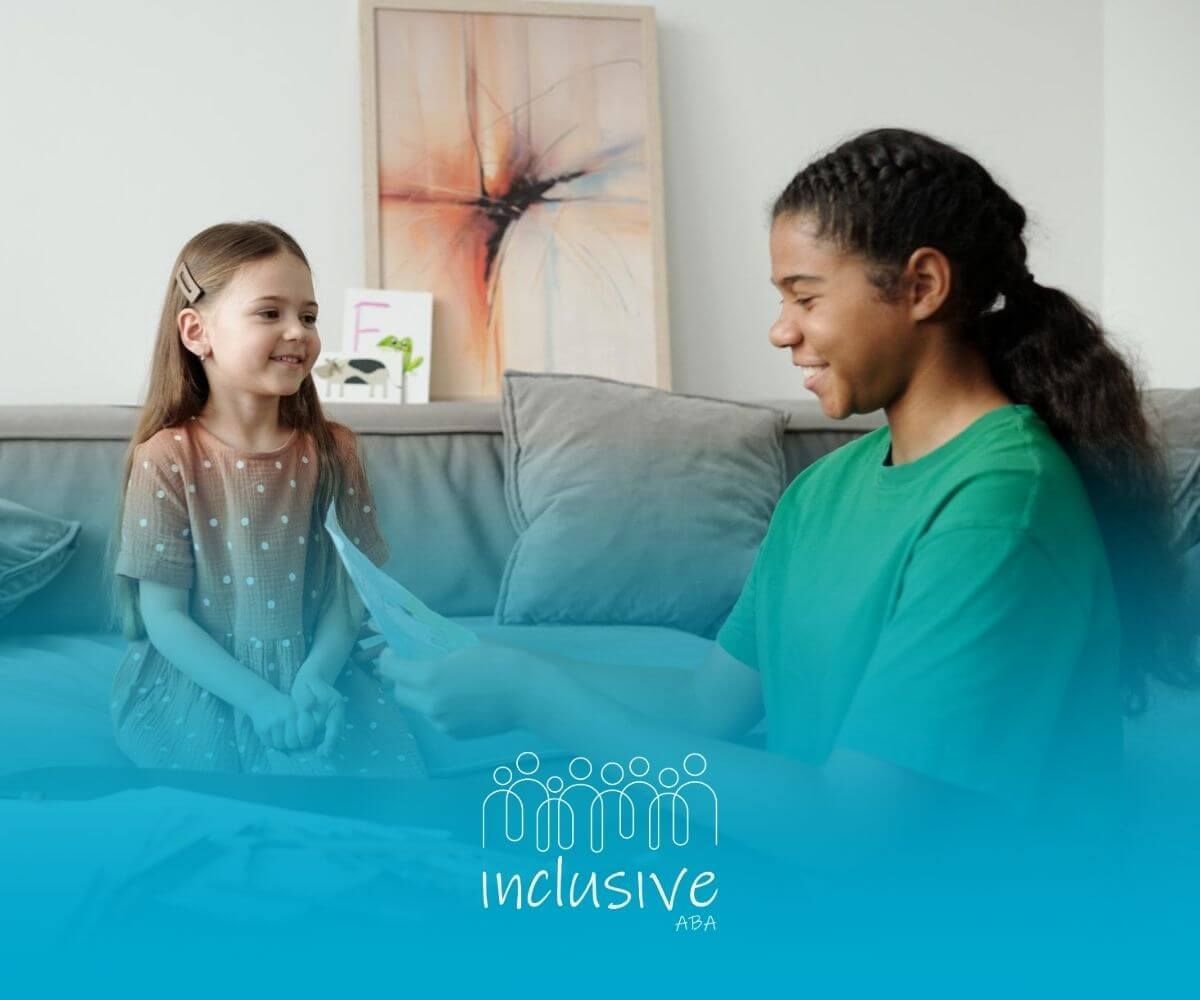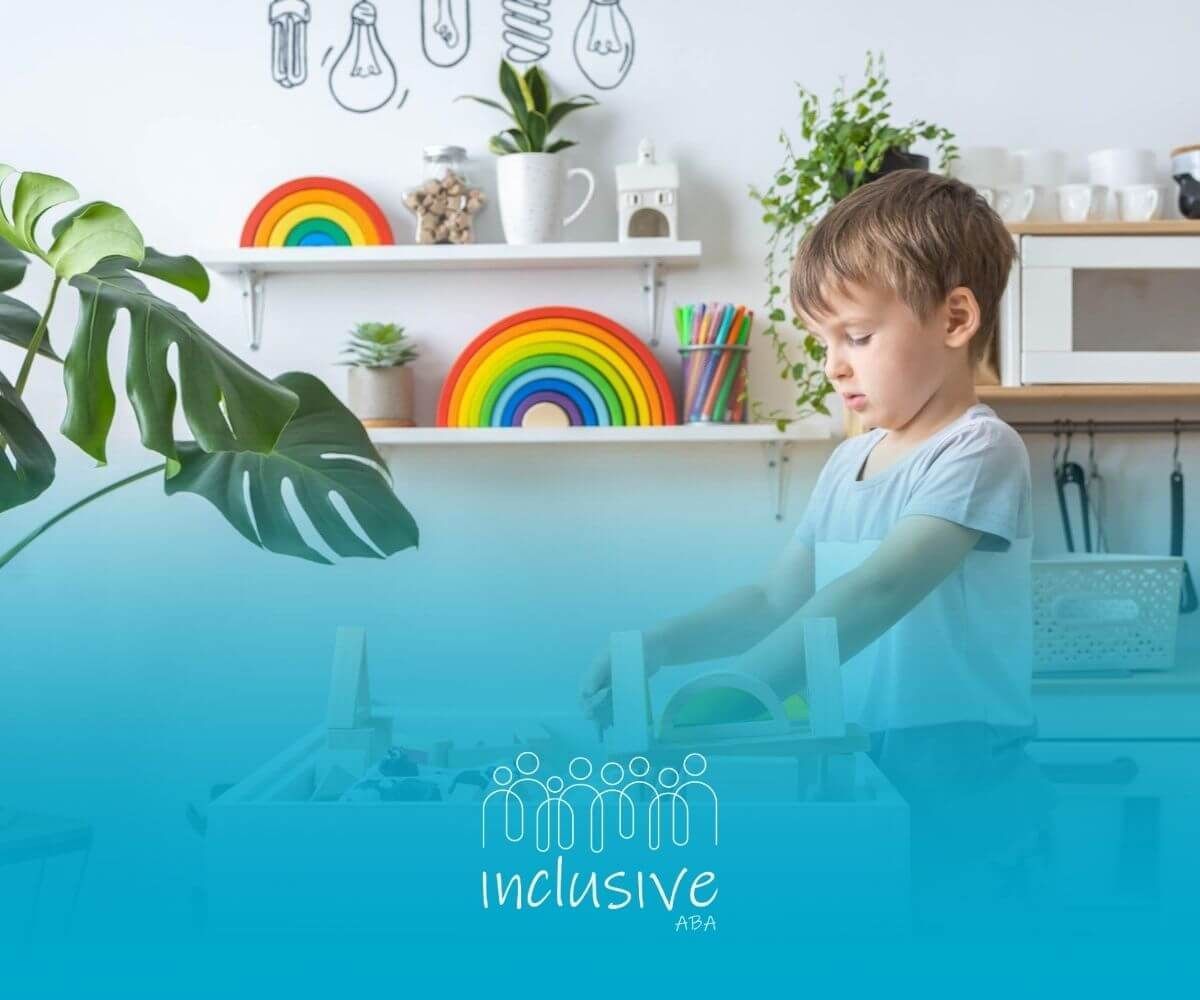The Power of Naturalistic Teaching ABA: Child-Led Learning Made Meaningful
Applied Behavior Analysis (ABA) has long been recognized as a leading science-based method to empower individuals, particularly those with autism spectrum disorder (ASD), by teaching new skills and improving communication and social abilities. Within the broad ABA field, naturalistic teaching ABA stands apart for its unique focus on embedding learning into everyday life—making learning feel more natural, meaningful, and engaging for the learner.
This article delves deep into the naturalistic teaching ABA definition, explores key strategies and examples, explains the common characteristics, and highlights how this approach supports learning by following the child’s lead in real-world settings.
Whether you are a parent, caregiver, or professional, understanding this approach will help you see how therapy can be brought to life outside of traditional clinical settings—with lasting, practical results.
What Is Naturalistic Teaching ABA?
Naturalistic teaching ABA is an instructional method within Applied Behavior Analysis that prioritizes teaching new skills in environments where the learner naturally spends time, such as at home, school, or in the community. Instead of isolating teaching into highly structured sessions, naturalistic teaching occurs organically during play, daily routines, or other meaningful activities.
The approach creates teaching moments by using the learner’s interests, motivations, and spontaneous interactions. The goal is skill acquisition and ensuring that skills generalize across different settings and are relevant to the learner’s real life.
Key Features of Naturalistic Teaching ABA:
- Learning opportunities arise naturally during activities the child enjoys
- The learner takes the lead—activities are child-directed and play-based
- Reinforcements come from the natural environment (e.g., access to a toy after requesting it)
- Focus on social communication, language, play, and adaptive behaviors
- Emphasizes teaching functional, practical skills applicable outside therapy
Types of Naturalistic Teaching ABA
Naturalistic teaching is not a single technique but rather an umbrella term covering several related methods used in ABA therapy. Common types of naturalistic teaching ABA include:
1. Pivotal Response Training (PRT)
PRT focuses on “pivotal” skills that have wide-ranging effects on behavior, such as motivation, self-management, and social initiations. It is child-led, play-based, and uses natural reinforcement to encourage learning.
Example: A child who loves to play with blocks chooses the activity, and the therapist prompts the child to request different colored blocks by name, reinforcing with the actual blocks.
2. Incidental Teaching
This method uses naturally occurring situations as prompts for teaching. The therapist waits for the child to express interest or initiate, then expands on that interaction to teach communication or other skills.
Example: If a child reaches for a cookie, the therapist encourages the child to say or sign, “cookie please,” before giving it.
3. Natural Language Teaching Paradigm (NLP)
NLP emphasizes arranging the environment to increase opportunities for the child to use language spontaneously and functionally. It supports the development of communication through child-initiated language and natural reinforcers.
Example: Therapist places a toy slightly out of reach, prompting the child to ask for it using words or gestures, then immediately providing the toy as reinforcement.
What Is a Common Characteristic of Naturalistic Teaching?
A consistent characteristic across naturalistic teaching approaches is that learning unfolds in the learner’s natural environment and revolves around the child’s interests and spontaneous behaviors. This means:
- Teaching happens where the child naturally is—be it at home, school, playground, or community
- The child initiates many teaching moments, keeping motivation and engagement high
- Reinforcers are meaningful and connected directly to the activity or desired item
- Skills learned are functional and more easily generalized because they are embedded in daily life
Naturalistic Teaching ABA Examples
To illustrate how naturalistic teaching is applied, here are some practical, real-world examples:
- Snack Time Requesting: During snack preparation, a therapist encourages the child to request items by name or gesture,
reinforcing communication naturally.
- Play-Based Learning: While playing with toy animals, the therapist asks what animal the child is holding or points to body parts, linking play to vocabulary development.
- Grocery Store Activity: Parents ask the child to find specific items or colors on shelves during shopping, encouraging observational and language skills in a real setting.
- Bath Time Exploration: Using bath toys to practice counting, colors, or concept learning, such as floating/sinking during a routine bath.
What Is the Naturalistic Teaching Theory?
Naturalistic teaching theory centers on the idea that children learn best when teaching is embedded in real-life activities that they find motivating and relevant. It aligns strongly with developmental and learning science showing that engagement, motivation, and contextual relevance greatly enhance learning and skill retention.
The theory also incorporates principles of operant conditioning—children’s behaviors are influenced by the consequences that naturally follow them, especially when those consequences are meaningful and immediate.
What Are Naturalistic Teaching Strategies?
Naturalistic teaching strategies aim to foster skill acquisition and generalization through methods such as:
- Following the Child’s Lead: Allowing the child to choose activities or objects of interest to initiate learning
- Use of Natural Reinforcers: Rewards tied directly to the activity or behavior (e.g., access to desired toy after a correct request)
- Embedding Learning in Daily Routines: Teaching skills like communication or social interactions during mealtime, playtime, or errands
- Modeling: Demonstrating desired behaviors or language naturally within contexts
- Prompting and Fading: Providing gentle cues or prompts in the moment and gradually reducing assistance as the child gains independence
- Teaching Multiple Skills: Integrating language, social skills, and self-help tasks in cohesive, meaningful moments
What Distinguishes Naturalistic Teaching from Incidental Teaching?
While often used interchangeably, incidental teaching is technically a subset of naturalistic teaching.
- Incidental Teaching specifically capitalizes on spontaneous, naturally occurring moments initiated by the child. The therapist follows the child’s lead to teach during these incidents.
- Naturalistic Teaching is a broader approach that includes intentional environmental arrangements and follow-the-child strategies occurring in natural settings, including incidental teaching but also other planned strategies like PRT or NLP.
How Inclusive ABA Can Help with Naturalistic Teaching
At Inclusive ABA, we integrate naturalistic teaching ABA into our therapy services to create learning experiences that fit your child’s world:
- Personalized Programs: We assess your child’s unique interests and environments to design naturalistic teaching moments that maximize motivation and learning.
- Family and Caregiver Involvement: We train parents and caregivers to incorporate naturalistic teaching strategies at home and in community settings, ensuring consistency and generalization.
- Flexible Settings: Therapy happens where your child learns best—at home, school, or in local community spots—empowering real-life skill use.
- Data-Driven Adjustments: Our BCBAs continually monitor progress and adjust naturalistic teaching strategies to meet evolving goals.
- Comprehensive Support: We combine naturalistic teaching with other ABA strategies to address communication, social, and behavioral skills comprehensively.
Explore how we customize programs to your child’s world:Inclusive ABA Services.
Conclusion: Begin Naturalistic Learning with Inclusive ABA
Naturalistic teaching ABA offers a personalized, engaging, and highly effective pathway for children to learn skills that matter to their everyday lives. By embedding learning into play, routines, and environments children know and love, this approach fosters motivation, generalization, and meaningful growth.
If you want a therapy program that meets your child where they are—literally and figuratively—call Inclusive ABA today. Let’s start shaping real-world success through naturalistic teaching tailored just for your family. Your child’s next step in learning can begin right in their own world.
Frequently Asked Questions (FAQs)
What is the naturalistic method of teaching?
The naturalistic method uses real-life settings and child-led interactions to teach skills during activities the child naturally enjoys, making learning more engaging and functional.
What is the difference between incidental and naturalistic teaching?
Incidental teaching is a child-initiated method where teaching happens during spontaneous events, while naturalistic teaching is broader, including incidental teaching and other structured strategies like PRT within natural settings.
What is the naturalistic teaching theory?
It’s the idea that children learn best when instruction is embedded in meaningful, motivating, and real-life contexts, combining child-led interactions with naturally occurring reinforcers.
What is the key principle of naturalistic teaching?
Learning occurs in the natural environment through activities driven by the child’s interests and motivations, using natural reinforcers that make skills practical and generalizable.
Looking for Expert Help? We're Here for You!
Our compassionate and skilled team is devoted to enhancing your child's development through customized ABA therapy. Let us partner with you to create a supportive environment for your child's success.
Discover how we can help your family thrive with expert ABA therapy.
Related Posts







